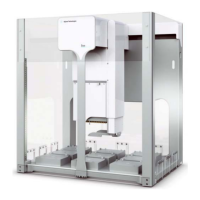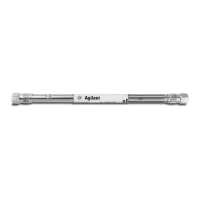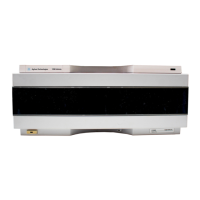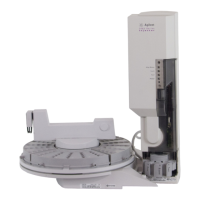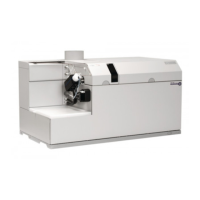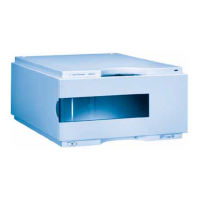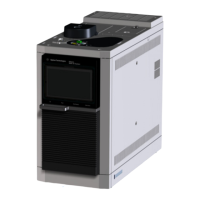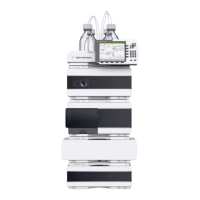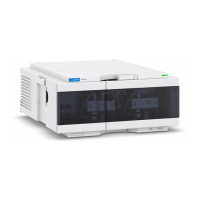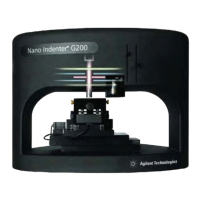103
Appendix A: Integrating the PlateLoc into third-party systems
PlateLoc User Guide
Properties
Blocking Type
Short
Description
Determines whether methods should block until completion or return
immediately for asynchronous operation.
Acceptable values
1 or 0
If set to 1, the ActiveX caller is forced to block or wait until a method
method completes before it returns control to the caller.
If set to 0, methods return immediately, and the caller should handle
events accordingly.
Default value
0
Blocking affects some methods differently. See each method’s
description for the effect. Unless otherwise noted:
❑ In non-blocking mode (Block = 0), a method:
Starts another thread of execution to perform the given method,
returning control to the application immediately.
Returns 0 on launching new thread successfully; Otherwise
returns nonzero, and an Error event is fired.
If the method is successful, an event indicating completion is
fired; if unsuccessful, an Error event is fired.
❑ In blocking mode (Block = 1), a method:
Is executed.
Returns 0 if it completes successfully; returns nonzero otherwise
❑ Error message can be reviewed by calling GetLastError().
Visual C++ Example
// set the PlateLoc in blocking mode
sres = m_PlateLoc.SetBlocking( 1);
// set the PlateLoc in non-blocking mode
sres = m_PlateLoc.SetBlocking( 0);
// user should handle events if non-blocking!
Visual Basic Example
‘set PlateLoc in blocking mode
PlateLoc1.Blocking = 1
‘set PlateLoc in non-blocking mode
PlateLoc1.Blocking = 0
‘user should handle events if non-blocking!
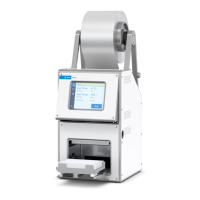
